
A picture is worth a thousand words. That’s certainly the case with the following collection of stunning photographs taken in Korea between 1890 and 1903 by visiting foreigners. The diverse, everyday scenes they depict shed light on the lifestyles of people at the time. Interestingly, this pictorial set was circulated around the Internet in Thailand, where people were surprised to see such vast differences in lifestyle as compared to the lives of South Koreans portrayed in modern-day K-dramas…a lot can change in a hundred years! You don’t want to miss a single one of these photos or the reactions of Thai people after seeing them!
Let’s begin with a little history review. The Joseon Era of Korean history spanned from 1392-1897. It was the last dynasty in Korean history, as well as the longest-ruling Confucian dynasty. Besides several foreign invasions from neighboring countries, the era was marked by a number of significant cultural achievements, including the relocation of the capital to what is now modern-day Seoul, the construction of Gyeongbok Palace in 1395 (the greatest of the “Five Grand Palaces” built at the time), and the promulgation of the hangul writing system by King Sejong in 1446, possibly the world’s most rational alphabet (and for which there is a national holiday to celebrate on October 9 of every year in South Korea). The Joseon Era was followed by the short-lived Korean Empire in 1897, which saw the modernization of several domestic industries. After that, you may then recall from your high school history class that Korea became a protectorate of Japan and was formally annexed in 1910.
Here’s the collection of historical photographs, followed by the reactions of Thai people. Enjoy!
▼ Girls trying out new parasols
▼ Smoking, gambling, and gossiping
▼ The family of a high official
▼ A shortcut to Seoul
▼ Children climbing on the city wall
▼ A bustling alleyway in Pyongyang
▼ A path in Seoul
▼ Grinding beans (Seoul)
▼ Dining at a cheap eatery (Seoul)
▼ Selling chickens (Seoul)
▼ Carrying charcoal (Seoul)
▼ The Han River near the present-day Yongsan District of Seoul
▼ On a road in Seoul
▼ Elderly teacher smoking a long pipe at school (Seoul)
▼ Fishermen on the outskirts of Seoul
▼ Blacksmith working on a horse (Seoul)
▼ Koreans under a large Japanese national flag; note the smaller Korean flag next to it
▼ People erecting something (?)
▼ Officials of the Imperial Department of Communications, Seoul, 1903
▼ Three men in front of a Buddhist temple
▼ Koreans praying to some statues
▼ Two happy men sifting grains on a road in Incheon
▼ A lady of high stature
▼ An elderly man with a pack, 1899 or 1900
▼ A boys school in Seoul, 1903
▼ A married couple visiting relatives, 1903
▼ A minister of the army with his son and grandchildren
▼ Min Yun Huan, the Chief Commander of the Korean army, Seoul, 1900
▼ A wedding ceremony (Seoul)
▼ (Wedding ceremony continued)
▼ Men carrying lots of luggage on a mountain near Seoul
▼ Seoul’s “first-class transportation system”
▼ An upper-class girl being transported in a wooden litter (Seoul)
▼ A happy-looking grandmother and children (Seoul)
▼ A popular cheap restaurant (Seoul)
Here are some of the comments posted by Thai people after seeing the photos:
“The pipes are so long!”
“It looks just like in historical films.”
“Wow, Korea really underwent rapid industrialization after that!”
“I was deceived by all the beautiful faces in Dae Jang Geum [one of the most successful historical Korean dramas throughout Asia]!”
(Response to comment above) “All dramas are like that…”
“Show us more pictures from North Korea.”
(Response to comment above) “Umm, at that time Korea hadn’t been divided yet…”
“Korea’s development depended on where it was being controlled by. After that, North Korea was influenced by China, and South Korea by the US.”
“Is there a book about why Korea modernized so quickly? I’m really interested to know.”
“Korea took a crisis and turned it into opportunity. But Thailand takes an opportunity and turns it into a crisis…”
Were you surprised at any of the things portrayed in the photos? Do you think historical dramas accurately capture the essence of everyday life back then?
Source/Images: Thailog


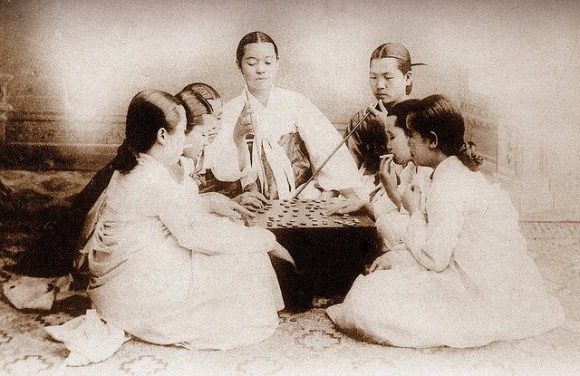
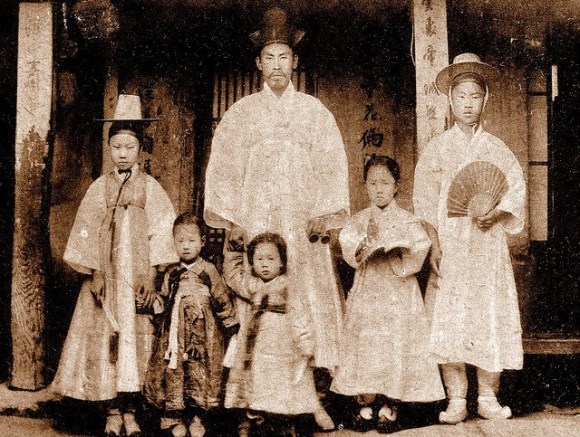
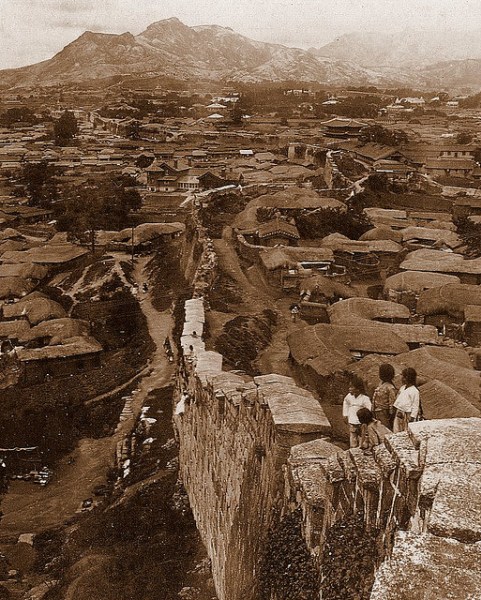
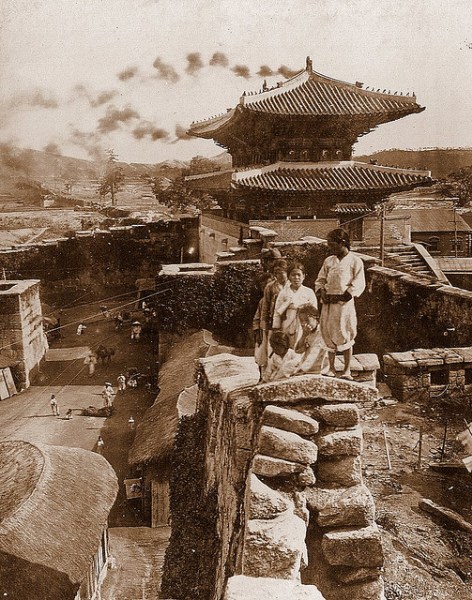
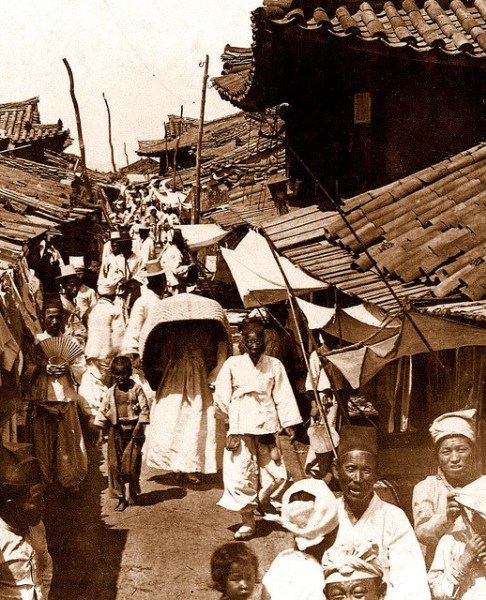
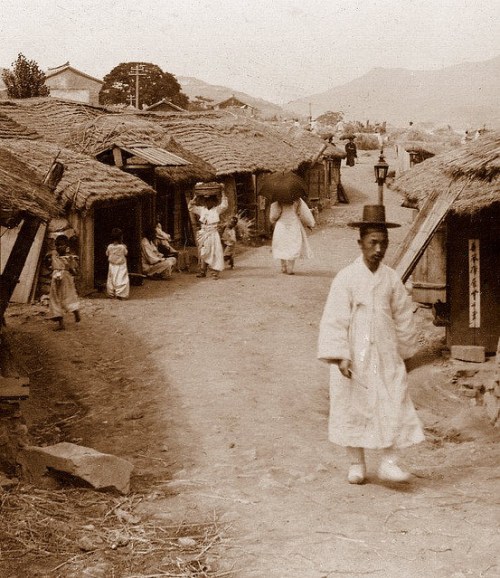

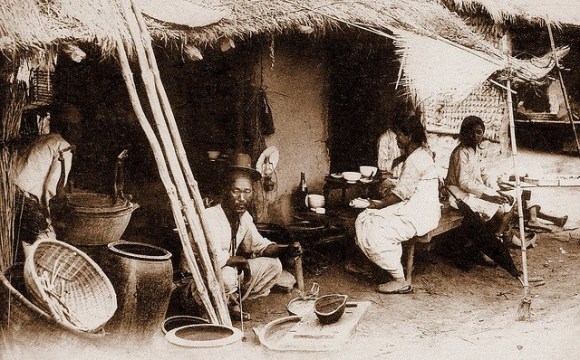
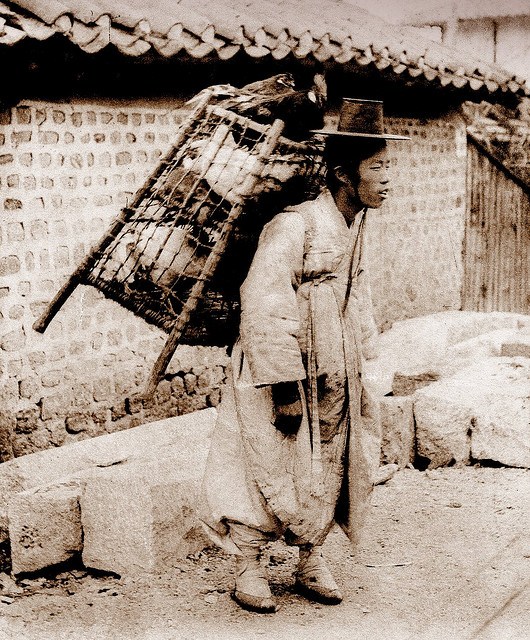

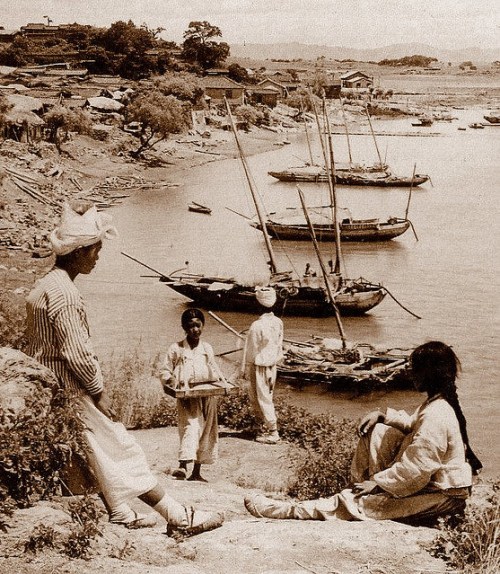
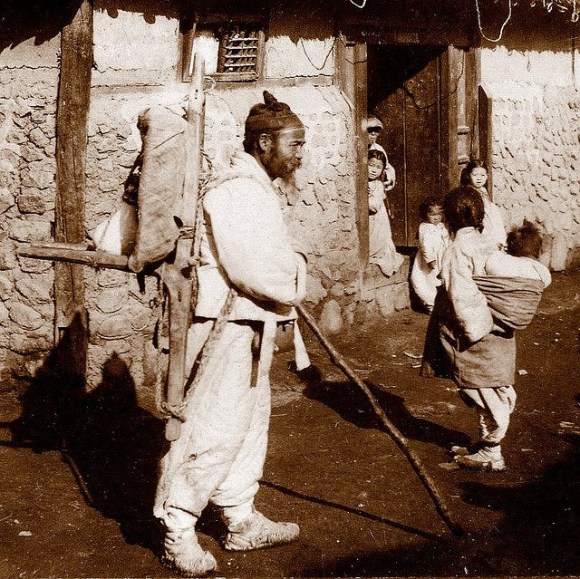
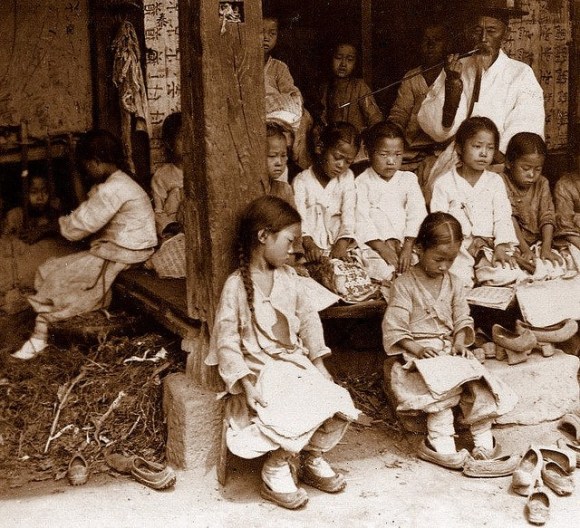
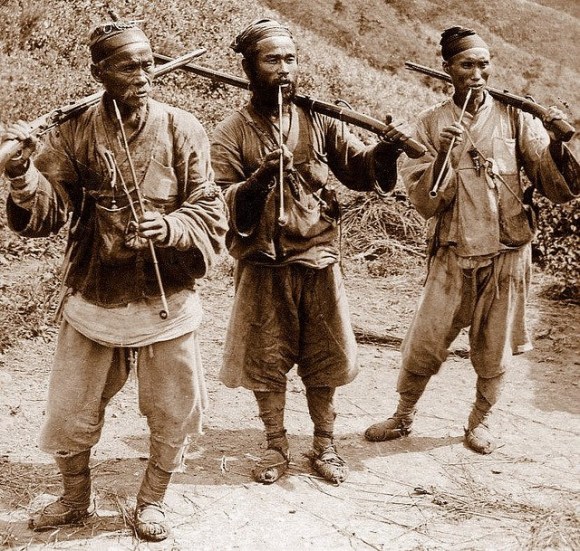
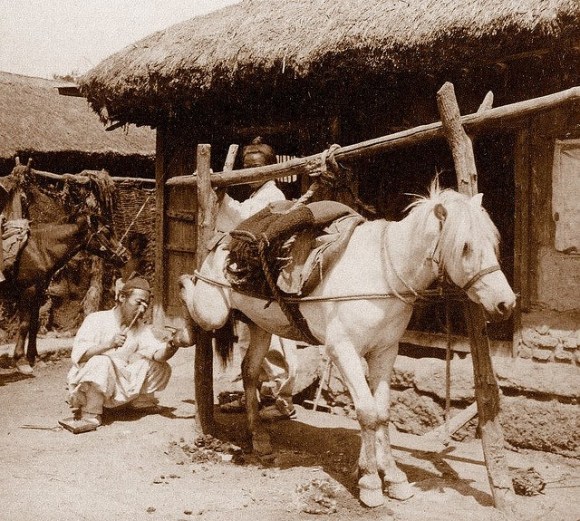


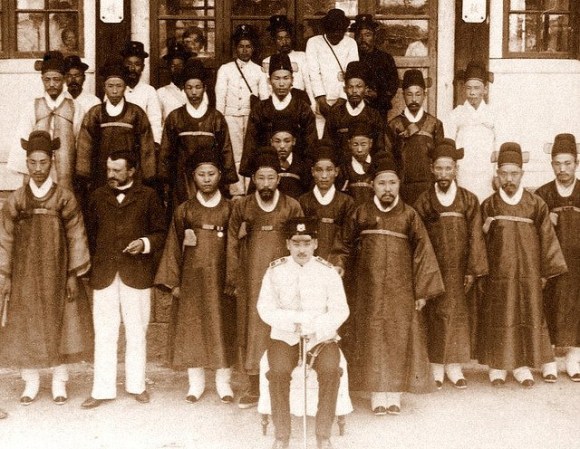
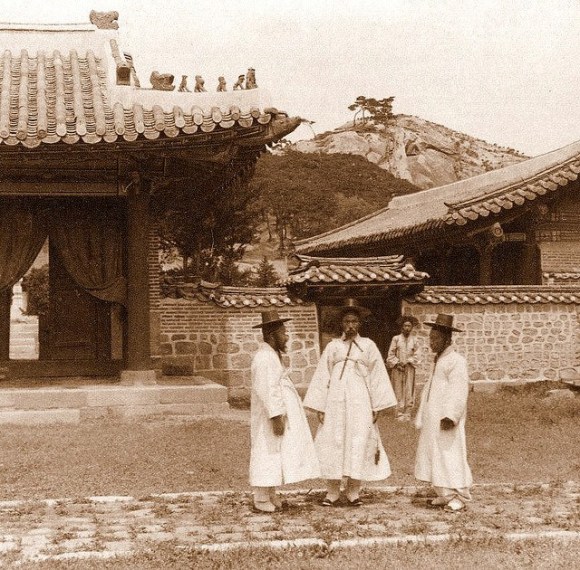
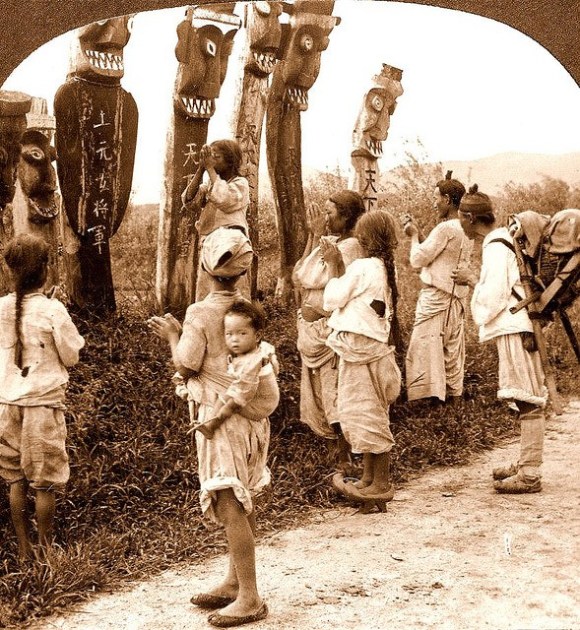
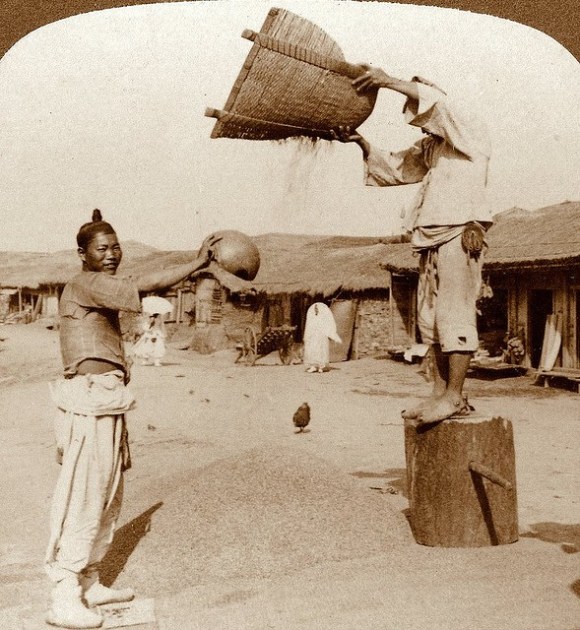
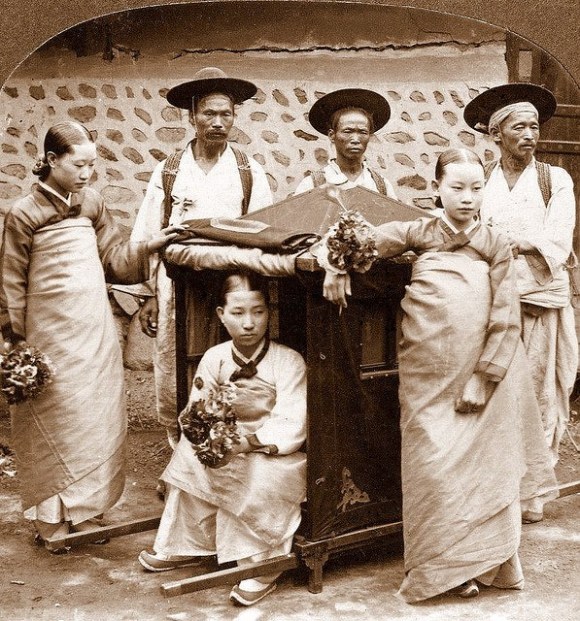
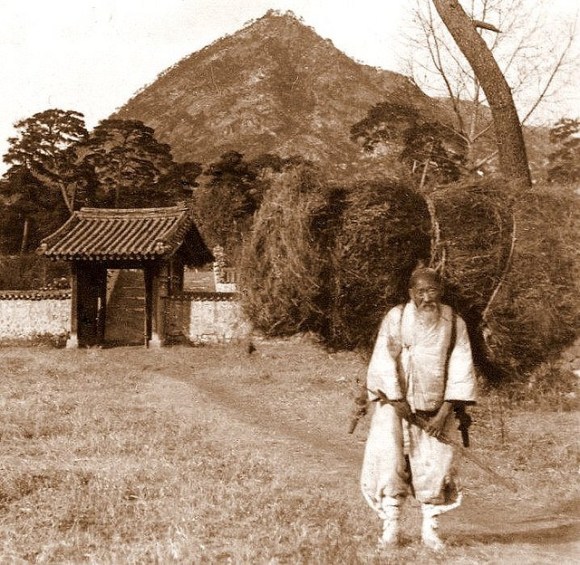

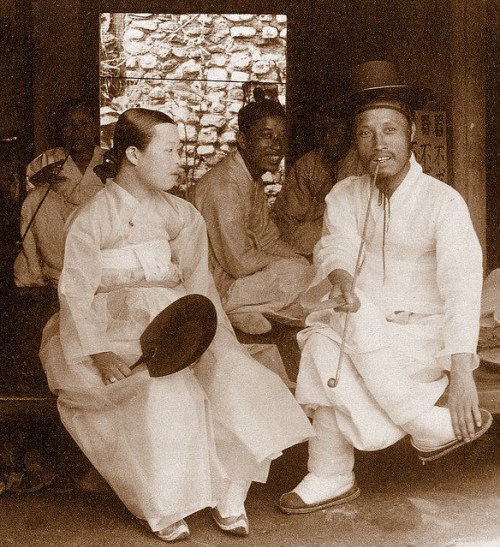
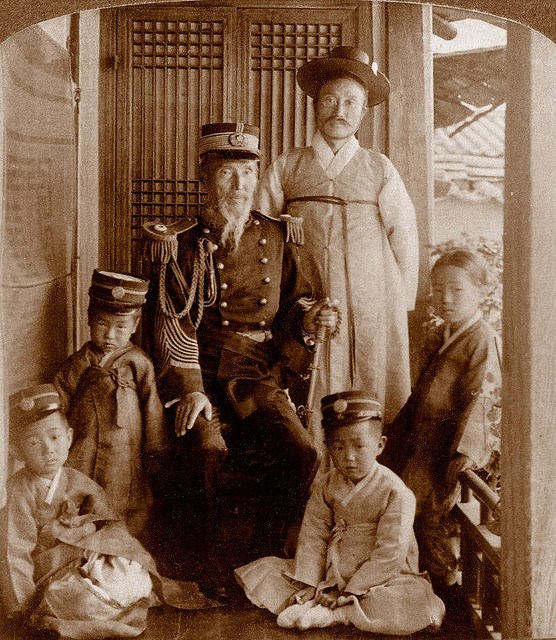
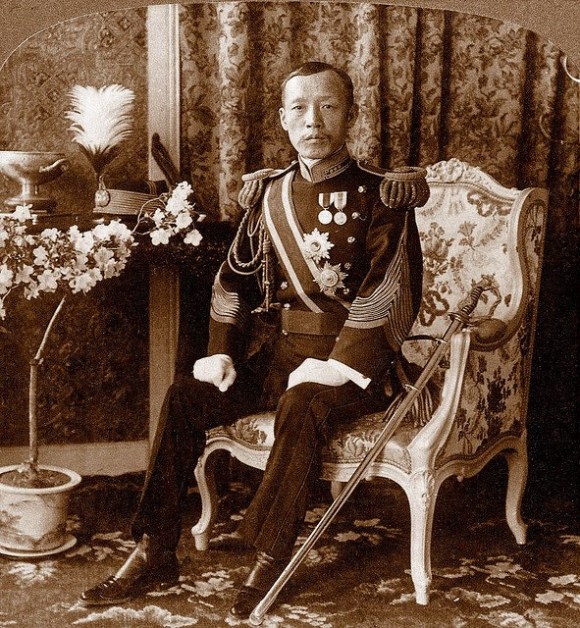
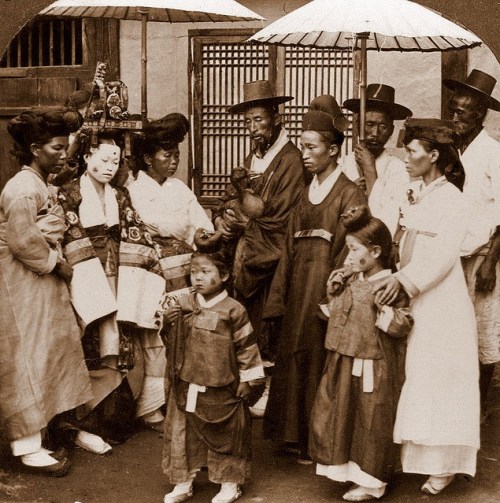
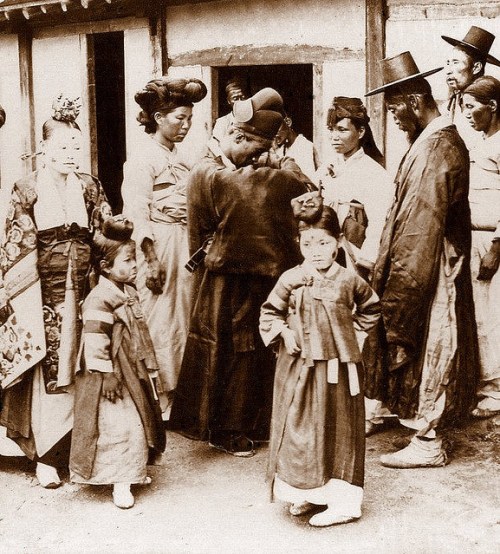

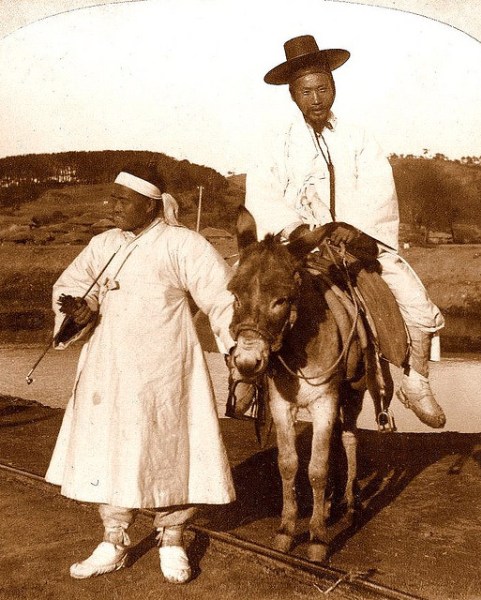
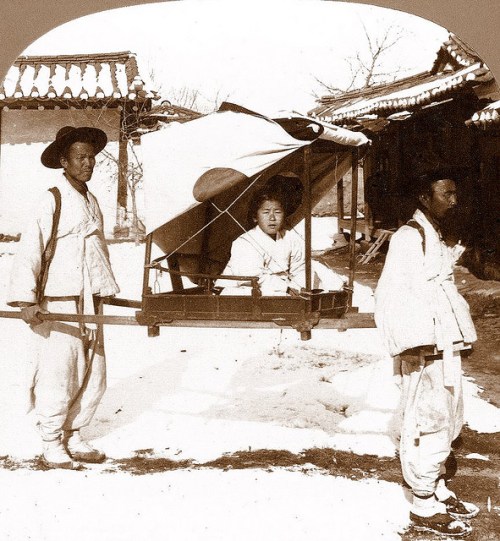
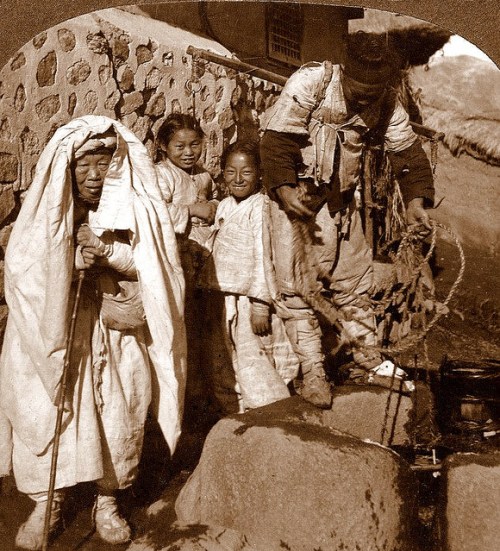
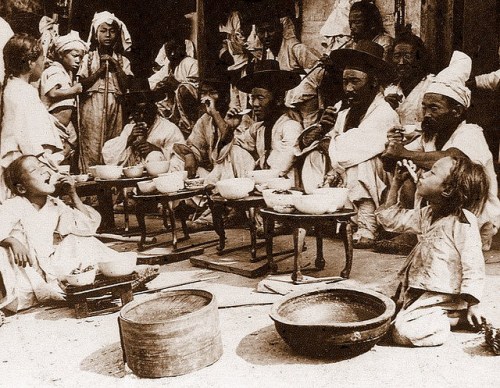
 Japanese video shows what life was like in Tokyo and Mt Fuji over 100 years ago
Japanese video shows what life was like in Tokyo and Mt Fuji over 100 years ago The Purple Lucky Bag from Village Vanguard is an extra-large waste of money
The Purple Lucky Bag from Village Vanguard is an extra-large waste of money Japanese beef bowl chain Sukiya’s 2026 Smile Box lucky bag basically pays for itself
Japanese beef bowl chain Sukiya’s 2026 Smile Box lucky bag basically pays for itself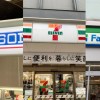 Which Japanese convenience store has the best plain onigiri rice balls?
Which Japanese convenience store has the best plain onigiri rice balls? Japanese teen boy picks worst woman to randomly ask if she wants to make an adult video
Japanese teen boy picks worst woman to randomly ask if she wants to make an adult video Where are all the beautiful women in Japan? Survey investigates
Where are all the beautiful women in Japan? Survey investigates McDonald’s Japan made two almost identical commercials, with one tiny, touching difference【Vids】
McDonald’s Japan made two almost identical commercials, with one tiny, touching difference【Vids】 Kentucky Fried Chicken has all-you-can-drink beer in Tokyo for less than 10 bucks
Kentucky Fried Chicken has all-you-can-drink beer in Tokyo for less than 10 bucks Four Shinto shrines to pray for love at in Japan to start the New Year
Four Shinto shrines to pray for love at in Japan to start the New Year Japanese Twitter user stumbles across legendary deep-sea fish, cooks and eats it four different ways
Japanese Twitter user stumbles across legendary deep-sea fish, cooks and eats it four different ways We found possibly the quietest Japanese-style hotel in Tokyo’s bustling Shinjuku district
We found possibly the quietest Japanese-style hotel in Tokyo’s bustling Shinjuku district Starbucks Japan ready to get Year of the Horse started with adorable drinkware and plushies【Pics】
Starbucks Japan ready to get Year of the Horse started with adorable drinkware and plushies【Pics】 Hayao Miyazaki says Happy New Year to Studio Ghibli fans with new art for Year of the Horse
Hayao Miyazaki says Happy New Year to Studio Ghibli fans with new art for Year of the Horse Cup Noodle tries an authentic Jiro-style ramen, but something’s not quite right
Cup Noodle tries an authentic Jiro-style ramen, but something’s not quite right The best Starbucks Japan Frappuccinos we want to drink again in 2026
The best Starbucks Japan Frappuccinos we want to drink again in 2026 We revisited Sweets Paradise after a decade to see if Japan’s dessert buffet still delivers
We revisited Sweets Paradise after a decade to see if Japan’s dessert buffet still delivers That time Seiji called JASRAC to ask why he didn’t get paid royalties for his song being on TV
That time Seiji called JASRAC to ask why he didn’t get paid royalties for his song being on TV Japan’s oldest largetooth sawfish in captivity back on display in Mie Prefecture
Japan’s oldest largetooth sawfish in captivity back on display in Mie Prefecture Pizza Hut Japan’s hot lucky bags are perfect for a New Year’s pizza party
Pizza Hut Japan’s hot lucky bags are perfect for a New Year’s pizza party 7-Eleven Japan starts new temporary luggage storage service in over 300 branches
7-Eleven Japan starts new temporary luggage storage service in over 300 branches Disillusionment at Tsukiji’s tourist-target prices led us to a great ramen restaurant in Tokyo
Disillusionment at Tsukiji’s tourist-target prices led us to a great ramen restaurant in Tokyo Starbucks teams up with 166-year-old Kyoto doll maker for Year of the Horse decorations【Photos】
Starbucks teams up with 166-year-old Kyoto doll maker for Year of the Horse decorations【Photos】 Tokyo considering law requiring more trash cans following litter increase in heavily touristed area
Tokyo considering law requiring more trash cans following litter increase in heavily touristed area Tokyo’s Tsukiji sushi neighborhood asks tour groups to stay away for the rest of the month
Tokyo’s Tsukiji sushi neighborhood asks tour groups to stay away for the rest of the month Tokyo event lets you travel back in time, for free, to celebrate 100 years since Showa era start
Tokyo event lets you travel back in time, for free, to celebrate 100 years since Showa era start Japan may add Japanese language proficiency, lifestyle classes to permanent foreign resident requirements
Japan may add Japanese language proficiency, lifestyle classes to permanent foreign resident requirements Sanrio theme park in Japan announces plans to expand into a Sanrio resort
Sanrio theme park in Japan announces plans to expand into a Sanrio resort Stamina-destroying “Paralysis Noodles” are Tokyo’s newest over-the-top ramen innovation
Stamina-destroying “Paralysis Noodles” are Tokyo’s newest over-the-top ramen innovation Survey asks foreign tourists what bothered them in Japan, more than half gave same answer
Survey asks foreign tourists what bothered them in Japan, more than half gave same answer Japan’s human washing machines will go on sale to general public, demos to be held in Tokyo
Japan’s human washing machines will go on sale to general public, demos to be held in Tokyo Japan’s deadliest food claims more victims, but why do people keep eating it for New Year’s?
Japan’s deadliest food claims more victims, but why do people keep eating it for New Year’s? We deeply regret going into this tunnel on our walk in the mountains of Japan
We deeply regret going into this tunnel on our walk in the mountains of Japan Studio Ghibli releases Kodama forest spirits from Princess Mononoke to light up your home
Studio Ghibli releases Kodama forest spirits from Princess Mononoke to light up your home Major Japanese hotel chain says reservations via overseas booking sites may not be valid
Major Japanese hotel chain says reservations via overseas booking sites may not be valid Put sesame oil in your coffee? Japanese maker says it’s the best way to start your day【Taste test】
Put sesame oil in your coffee? Japanese maker says it’s the best way to start your day【Taste test】 No more using real katana for tourism activities, Japan’s National Police Agency says
No more using real katana for tourism activities, Japan’s National Police Agency says Starbucks Japan reveals new sakura drinkware collection, inspired by evening cherry blossoms
Starbucks Japan reveals new sakura drinkware collection, inspired by evening cherry blossoms Updated cherry blossom forecast shows extra-long sakura season for Japan this year
Updated cherry blossom forecast shows extra-long sakura season for Japan this year
Leave a Reply